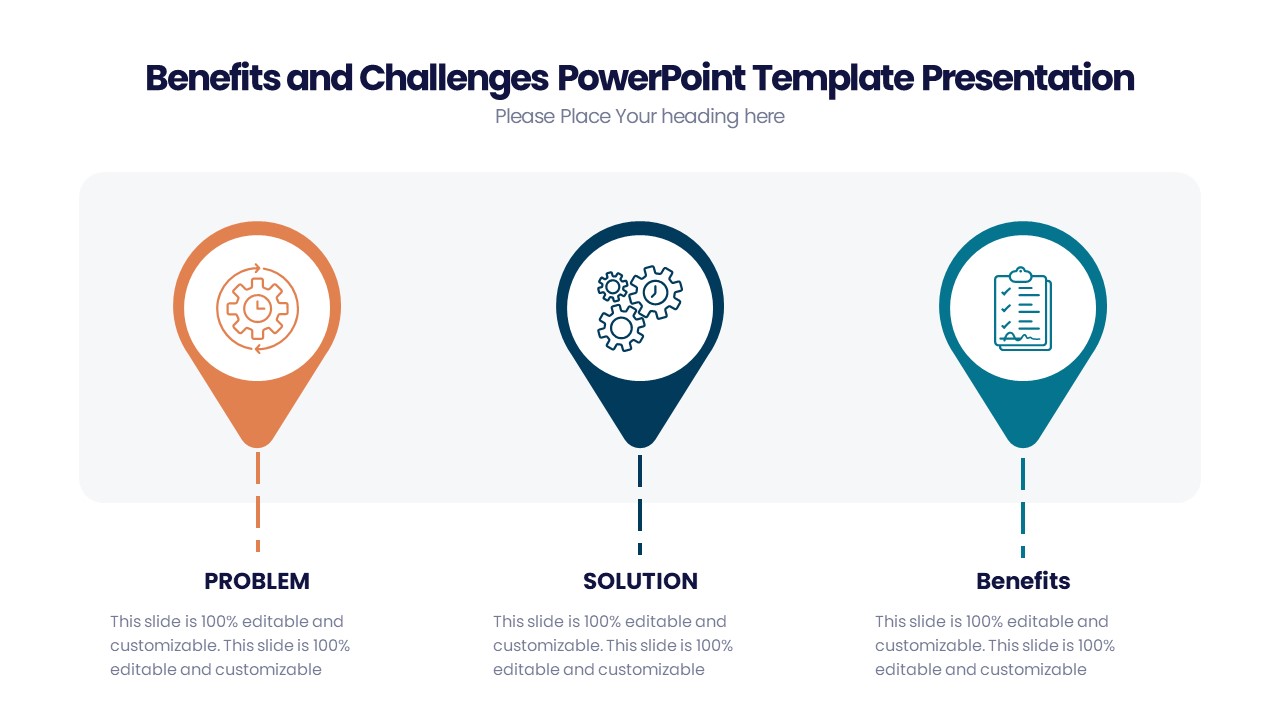The Return Of The Blue Book Exam: Challenges And Benefits

Table of Contents
Challenges of Implementing the Blue Book Exam in the 21st Century
The seemingly simple blue book exam presents significant challenges in our technologically advanced world. Let's examine some key obstacles:
Logistical Hurdles and Increased Costs
Implementing blue book exams involves considerable logistical overhead and increased costs compared to digital alternatives. Consider these factors:
- Increased printing and paper costs: The sheer volume of paper required for large-scale assessments can significantly impact budgets. This cost needs to be factored in against the potential savings from using online exam platforms.
- Storage, distribution, and collection: Secure storage, efficient distribution to test centers, and the secure return of completed exams require careful planning and resources. Misplaced or lost exams are a real possibility.
- Environmental concerns: The environmental impact of mass paper consumption is a growing concern. This needs consideration against the carbon footprint of digital exam platforms and their associated hardware and energy consumption.
- Potential for lost or damaged exams: The risk of damage or loss during transit and handling is a significant logistical challenge, leading to potential delays and extra costs.
Security and Proctoring Concerns
While often perceived as inherently secure, blue book exams present unique security challenges:
- Higher risk of cheating: The ease of accessing unauthorized materials poses a significant risk of cheating compared to monitored online exams with built-in plagiarism detection.
- Robust proctoring systems: Effective proctoring is crucial to maintain exam integrity. This requires more human resources than online proctoring systems, increasing labor costs.
- Increased workload for invigilators/proctors: Supervising large numbers of students taking a paper-based exam demands significantly more time and effort from invigilators.
- Difficulty in implementing remote proctoring: Remote proctoring, increasingly common with online exams, is extremely difficult, if not impossible, to effectively implement for blue book exams.
Accessibility and Inclusivity Issues
Blue book exams can present barriers for students with diverse needs:
- Challenges for students with disabilities: Students requiring larger print, extra time, or other accommodations may face significant difficulties. Adapting blue book exams to meet these needs can be complex and resource-intensive.
- Limited digital accessibility features: Unlike digital exams, blue book exams offer limited options for students who require assistive technologies or alternative formats.
- Accessibility for students with visual impairments: Providing alternative formats like Braille or audio versions for students with visual impairments adds complexity and cost.
Benefits and Advantages of Using a Blue Book Exam
Despite the challenges, blue book exams retain some advantages in specific situations:
Fostering Focus and Reducing Distractions
One significant benefit is the potential to minimize distractions:
- Eliminates online distractions: The absence of internet access and digital devices minimizes the temptation to access unauthorized information or engage in distracting online activities.
- Encourages deeper engagement: The forced focus on the task at hand can encourage a more thoughtful and thorough approach to answering questions.
- Promotes better concentration: The lack of digital distractions can lead to improved concentration and better recall of learned material.
Enhanced Test Security in Specific Contexts
In certain environments, blue book exams can offer superior security:
- Reduced reliance on technology: This eliminates the risk of technology failures disrupting the exam process, ensuring a more reliable assessment.
- Suitable for low-tech or no-internet environments: Blue book exams are ideal for situations where reliable internet access or sophisticated technology is unavailable.
- Deters technological cheating methods: Certain technological cheating methods are inherently less effective with a traditional paper-based exam.
Cost-Effectiveness in Certain Scenarios
In some cases, blue book exams can be a more cost-effective option:
- Cost savings in situations with limited digital infrastructure: Where digital infrastructure is limited or nonexistent, the costs associated with online exam platforms and related technology can be prohibitive.
- Simplicity of administration in small-scale settings: For smaller assessments, the administrative simplicity of blue book exams outweighs the increased costs and logistical challenges.
- Reduced reliance on specialized software and hardware: The absence of the need for specific software and hardware can be a significant cost advantage.
Conclusion
The return of the blue book exam presents a complex picture. While it offers benefits like improved focus and enhanced security in specific situations, it also poses logistical, cost, and accessibility challenges. The decision to utilize blue book exams should be carefully considered based on the specific context, resources available, and the overall goals of the assessment.
Call to Action: Weigh the advantages and disadvantages carefully before deciding to implement blue book exams. Understanding the challenges and benefits surrounding the blue book exam is crucial for making informed choices in assessment design. Consider all factors before committing to this traditional testing method. For a deeper dive into best practices for both blue book and digital exam administration, explore additional resources on standardized testing and assessment methods.

Featured Posts
-
 Taylor Swifts Reputation Taylors Version Teaser Breakdown And Fan Reactions
May 27, 2025
Taylor Swifts Reputation Taylors Version Teaser Breakdown And Fan Reactions
May 27, 2025 -
 Raz Asnuvanje Na Atentatot Na Robert Kenedi 10 000 Novoob Aveni Stranitsi
May 27, 2025
Raz Asnuvanje Na Atentatot Na Robert Kenedi 10 000 Novoob Aveni Stranitsi
May 27, 2025 -
 Vorozhnecha Trampa Ta Svift Povna Istoriya Konfliktu Prezidenta Ta Spivachki
May 27, 2025
Vorozhnecha Trampa Ta Svift Povna Istoriya Konfliktu Prezidenta Ta Spivachki
May 27, 2025 -
 1910
May 27, 2025
1910
May 27, 2025 -
 Super Bowl Snub Kanye West Blames Taylor Swift
May 27, 2025
Super Bowl Snub Kanye West Blames Taylor Swift
May 27, 2025
Latest Posts
-
 U S Court Ruling Strikes Down Trump Tariffs Impact On Businesses And Canada
May 31, 2025
U S Court Ruling Strikes Down Trump Tariffs Impact On Businesses And Canada
May 31, 2025 -
 Section 230 And Banned Chemicals A Recent E Bay Case Decision
May 31, 2025
Section 230 And Banned Chemicals A Recent E Bay Case Decision
May 31, 2025 -
 Do Algorithms Contribute To Mass Violence Examining The Liability Of Tech Companies
May 31, 2025
Do Algorithms Contribute To Mass Violence Examining The Liability Of Tech Companies
May 31, 2025 -
 Mass Shooter Radicalization Investigating The Influence Of Algorithms And Tech Companies
May 31, 2025
Mass Shooter Radicalization Investigating The Influence Of Algorithms And Tech Companies
May 31, 2025 -
 Millions In Losses Executive Office365 Accounts Compromised Crook Arrested
May 31, 2025
Millions In Losses Executive Office365 Accounts Compromised Crook Arrested
May 31, 2025
